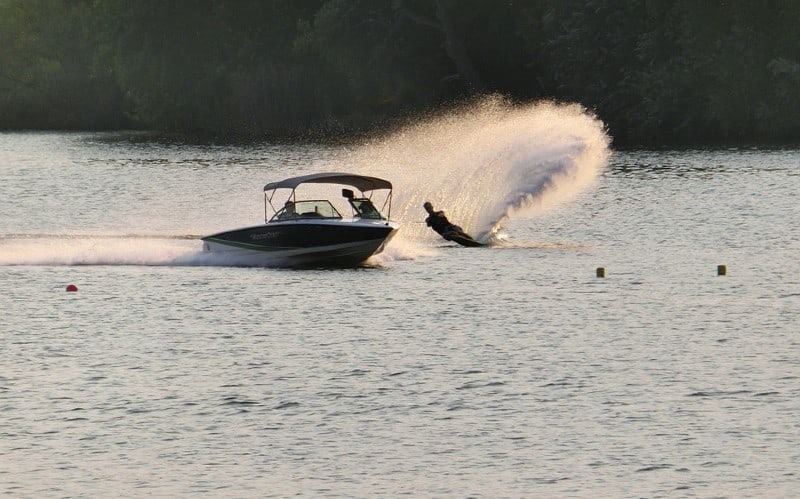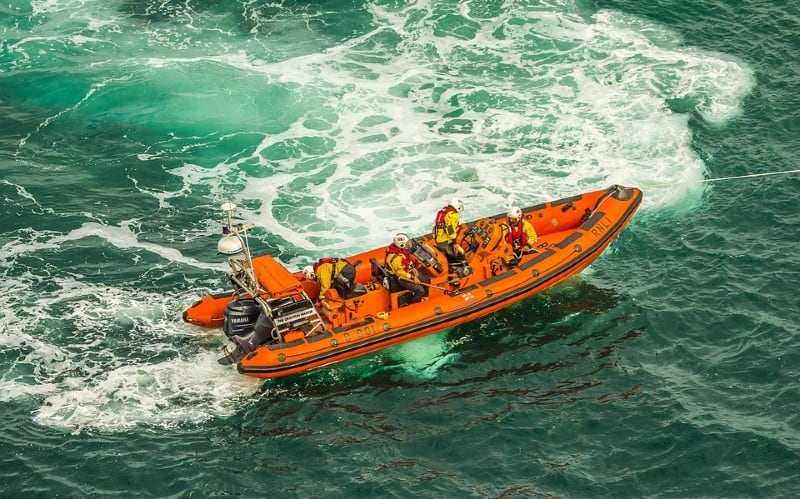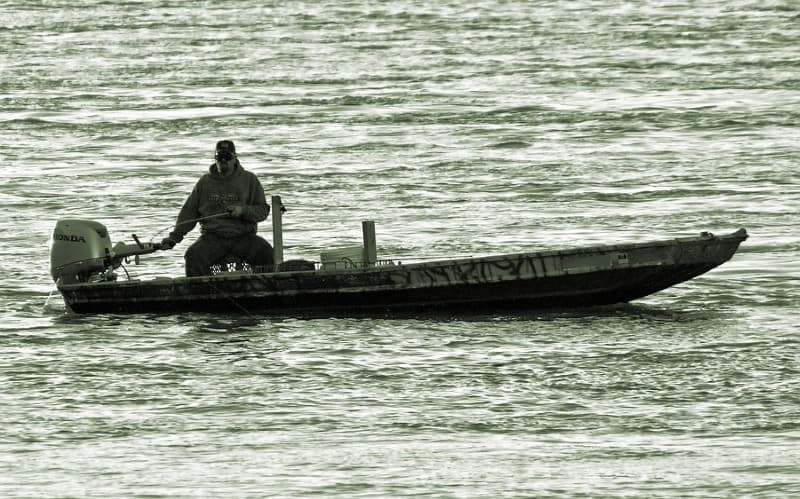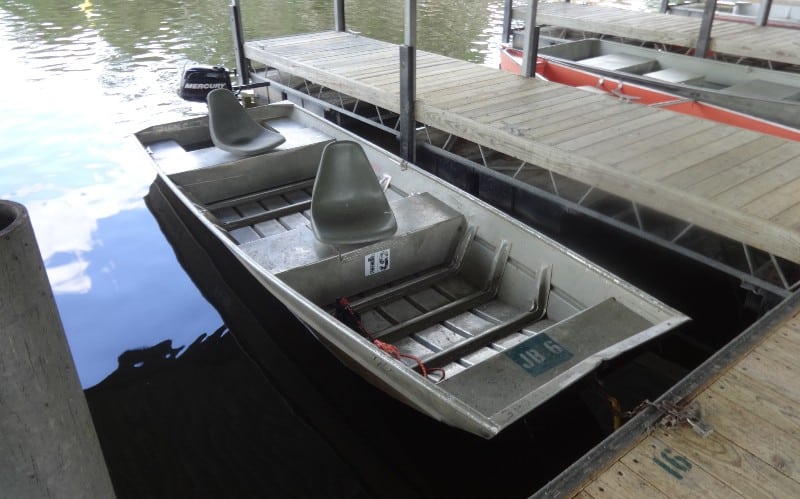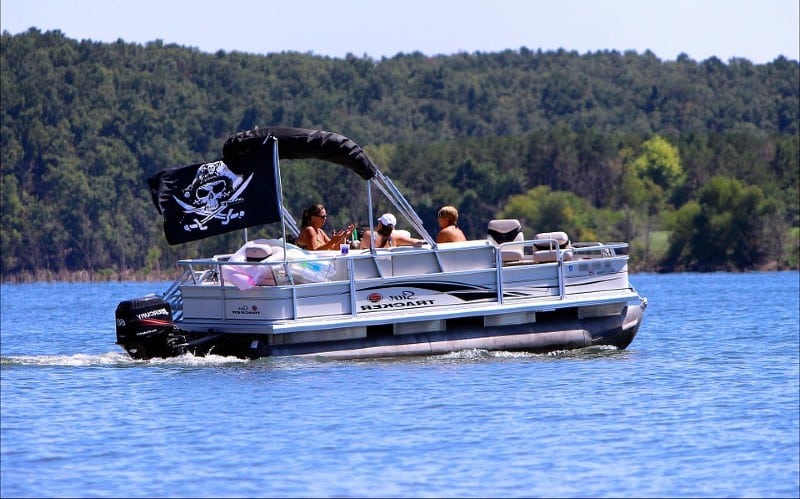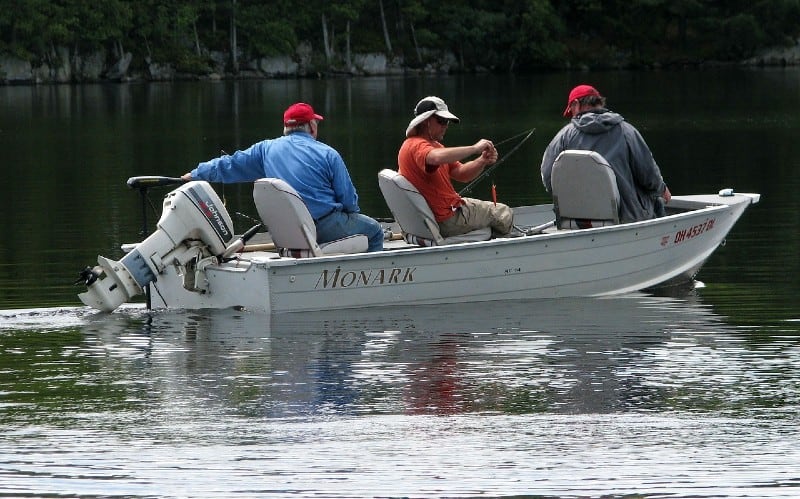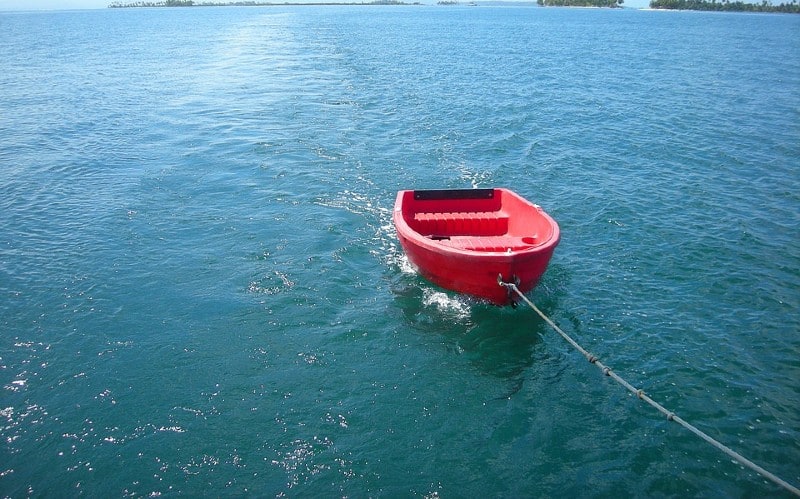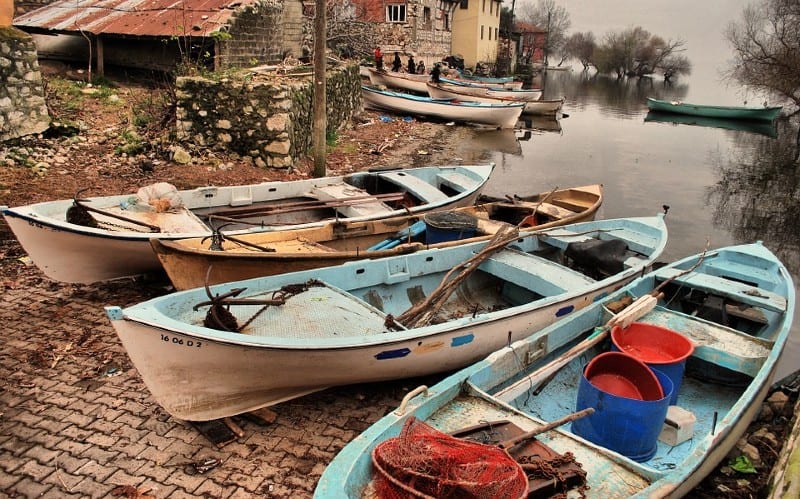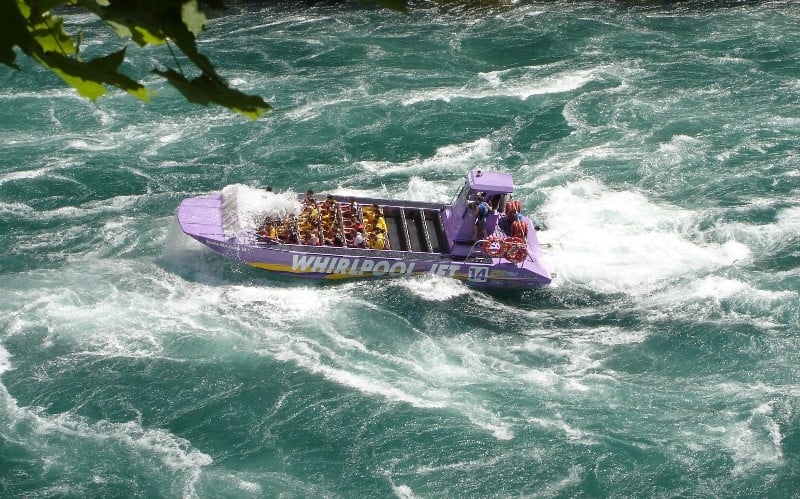What You Need to Know About Small Boats
Small boats are the best option out there for beginners. Or for seasoned boaters who just don’t want to need a big boat. But understanding what a small boat even is may be harder than you think. Likewise, learning what you need on your small boat can be a challenge.
Under some definitions, a small boat is anything under 64 feet. That’s because anything bigger than that is subject to different marine rules. But 64 feet is certainly far too big for many people. Compare that to a canoe which may be 17 feet in length. Or a pontoon boat which could be 18 feet up to 35 feet.
With so many small boats out there, you need to know what each type of boat has to offer. This also depends on what boating activities you need it for. Will this be a fishing boat? Something for water sports. A pleasure vessel? Are deck boats or bow riders better?
Let’s take a look at some small boat types. Find out what your options are. Go over the boat buying process. And also cover what you need to have on your small boat regardless of what it’s for.
What Types of Small Boats Are There?
When you’re in the market for a small boat, you have a lot of options. Your needs and budget will dictate what type is best for you. Keep in mind, boating safety applies no matter what type of boat you have.
Canoes and Kayaks
Canoes and kayaks are some of the oldest boats in the world. These type of boat can literally be as simple as a hollowed-out log. Canoes may date back as far as 8,200 BC. The basic design and operation has changed little in all that time. As simple as they look, you need experience to use them well.
A kayak is not too dissimilar from a canoe. It’s designed for a single person to use, however. Both a canoe and kayak rely on oars to move through the water. Either can be used for leisure boating or even fishing. Canoes tend to make better fishing boats.
Ski Boats
Ski boats are ideal for water sports. In fact, the name ski boat is because they were designed for water skiing. You can water ski with other kinds of boats. Ski boats are designed to make water skiing easier. They can accelerate quickly but minimize wake for the skier.
Personal Watercraft
This includes things like jet skis and SeaDoos. SeaDoo is actually a brand name, but people often use it generally. Even though these craft are fast and fun, they still qualify as boats. They were built for one rider, and in some cases two. Because of that, they don’t have a lot of utility purposes. You wouldn’t go fishing off of a personal watercraft.
Inflatables
Inflatables can be very basic boats or more complex. A wholly inflatable boat is more of a dinghy or a leisure device. You might let your kids use a totally inflatable boat.
There is a second kind of inflatable that is more sturdy. These rigid inflatable boats are much together. They feature a sturdy frame with inflatable rings. These will sometimes be used as emergency rescue craft. They can handle harsher waters than a simple inflatable.
Skiffs
A skiff is really many kinds of small vessels. It’s likely what you picture when you think of a guy along on the lake fishing. The bow will be squared off and there may be an outboard motor. There is seating for one or two people. It’s a simple vessel for fishing or leisure boating. Generally these are used on rivers or small lakes and ponds.
Jon Boat
Jon boats are classic fishing and transport boats. They are some of the simplest vessels on the water. A Jon boat is usually just a flat bottom vessel with a squared bow. It will likely have bench seats and an outboard motor. These are ideal for fishing or travelling upriver.
A Jon boat is inexpensive compared to most other boats. They take little skill to launch or operate and can be easily stored as well.
Pontoon Boat
Pontoon boats come in a great range of styles. Old school pontoon boats were very bare bones. A flat surface with some seats floated on pontoons. Modern pontoon boats are more luxurious and complex. Pontoon boat size can range from small to incredibly large.
Pontoon boats are some of the most versatile vessels on the water. You can take one out for a day cruise or fishing. They’re great for watersports and fishing as well. There are even performance pontoon boats that feature powerful engines. Whatever you need a boat for, chances are there’s a pontoon boat to handle it.
Bass Boat
A bass boat is technically just a fishing boat. That said, it’s also on the small end of the scale. Bass are by no means large fish so they don’t need a large boat. You wouldn’t pull in a marlin on a bass boat by any means. But for small fish these are ideal.
Dinghies
Dinghies are typically some of the smallest boats on the water. It would be rare to see anything that qualifies as a dinghy over 10 feet. That said, you can still get a dinghy powered by a sail or a motor.
Usually the purpose of a dinghy is transport. You can use it as an emergency lifeboat. You can also use it to get from shore to a larger boat. Kids will have fun with a dinghy but it’s not used for serious boating otherwise.
Fishing Boats
Fishing boat is a very broad term. There are aluminum fishing boats. There are bass boats. There are even massive trawlers. Technically, any boat on which you go fishing is now a fishing boat.
Aluminum fishing boats are a popular choice. They are lightweight and relatively inexpensive compared to some vessels. They offer lots of deck space and amenities to make your fishing trip easier. These can easily be used for a fun trip out on the water as well.
Older fishing boats may be very basic. Sometimes little more than a large canoe. Modern fishing boats have many amenities. There is room for storage, gear, GPS, and much more.
Jet Boats
Jet boats are designed for speed. When they first appeared they were small and little more than novelty items. Something for people who wanted an adrenaline rush. These days there are more diverse jet boats. They are larger and can accommodate more people. 21-foot and 24-foot jet boat runabouts are very popular.
Jet boats have smaller profiles than similar stern drive models. They also weigh less. Combined with agility, these are just more fun for some boaters. Navigation along most waterways is fast and easy in a jet boat.
Cabin Cruiser
Many people consider a cabin cruiser small yachts. Yacht can definitely be larger but a cabin cruiser can still be a decent size. As the name suggests, it has a cabin. You can take shelter in here. There may be accommodations for sleeping or cooking. Cabin cruisers can range from around 25 feet up to 45 feet.
A cabin cruiser is actually a style of vessel. A yacht is a classification. So technically a vessel can be a yacht and a cabin cruiser. But in layman’s terms, a cabin cruiser is small.
These boats are best suited for family outings. They have more space and more amenities.
Boating Safety on a Small Boat
The smaller the boat the more careful you need to be when moving around. A large yacht is much more well balanced than a skiff. If you’re trying to reel in a fish, you can unbalance the boat.
Small boats need to be more cautious on rough waters and in storms. While a larger boat may handle some chop, it could capsize a smaller vessel. If you know the weather is bad, you should avoid heading out in a small boat.
Gear storage can be a problem on smaller boats. And that’s not just because you have less gear with you. You will have less room to safely store things. Clutter on a boat can be dangerous. Anything on the deck of your small boat could be a tripping risk.
Some small boats make use of their bow space for storage, but not all. Always pack safely and appropriately.
Personal safety is a bigger concern on small boats. This is especially true in kayaks, canoes, dinghies and so on. If you are alone on your small boat, you are at greater risk. Without someone else to help you, emergencies are your responsibility. This means you need to have a life jacket at all times. And you need to minimize risk, just in case.
What You Need on Your Small Boat
If you have a big 79 foot yacht, you have a lot of room. You’ll be able to safely and easily pack all kinds of gear. If you’re in a 12 foot canoe, things are different. You need to know what is essential in terms of gear for your type of boat.
When you are in a small boat, especially alone, there are some items you need to ensure you have. Packing a kit for any outing on the water is a good idea. Have these essentials at the ready.
- A personal flotation device. A life jacket is your best bet on a small vessel. Every person on board should always have a PFD. On a small craft you should make sure you are wearing it at all times. When you’re alone, you may not have time to react in a disaster.
- A whistle. Larger boats use flags and lights as signals, as well as sounds. You don’t have the room for all that on a small boat. Have a maritime whistle handy. One that works in water. That way, in an emergency, you can alert any others in the water or on shore that you need aid.
- A flashlight. This can be very helpful if the water turns bad. Or if you get stuck on the water later than you intended. An LED flashlight has a bright beam and uses little battery power. You can signal to other boaters or the shore. The SOS signal is easy to perform with a flashlight.
- Oars. It’s good to have a pair of oars handy on a small vessel. This is true even if you have sails or an outboard. If there’s no wind for sails or power in the motor, oars always work. You should be able to secure them with oar locks.
- A bailing bucket. If you start taking on water, you’ll need to bail as you try to make your way to shore. The smaller the boat the faster it will sink. A good bailing bucket can give you precious minutes. Some buckets are foldable to take up little room when not needed.
- A blanket. This is always a good idea since temperatures can shift rapidly on the water. If your clothes get wet, a dry blanket can help retain body heat.
- First aid kit. It’s always important to have a kit on your boat. Something that can help with wounds, cuts, and scrapes. Make sure you have an inventory of what is inside and replace everything you’ve used. Also, make sure you know how to use everything. Your kit should include;
- Scissors to cut bandages, tape, or clothing if need be
- Elastic bandages for wounds
- Triangle bandages for arm or shoulder injuries
- Adhesive bandages for smaller cuts and wounds
- Butterfly bandages for more serious cuts
- Adhesive pads to cover wounds
- Rolled gauze to wrap wounds and adhesive pads
- Safety pins to secure bandages
- Fabric tape to hold bandages
- Saline solution to flush wounds
- Gloves to prevent contact with open wounds
- A splint to immobilize breaks
- Foil blanket for keep injured passengers warm
- Alcohol wipes for cleaning hands and wounds
- Common medications like Tylenol or Ibuprofen as well as Dramamine.
- Rope. It’s good to have at least two lengths of rope on your boat. This allows you to tie up your boat or offer help if someone goes overboard.
- Something shiny. A small makeup mirror or other highly reflective surface. In bright sunlight, this is ideal for signaling.
- Rain ponchos or, in a pinch, garbage bags. These can keep you dry and work as makeshift tents in a storm.
- An emergency contact. Always make sure someone knows that you are out on a boat. They should know where you are going and where you left from. Also what time you are expected to return. This is all part of a basic float plan. In the event of an emergency, this information can be vital. Rescuers will track you down much faster if they know where to look.
Things to Remember
The rules of the road are something any boater in a small boat needs to remember. Always give larger boats a wide berth. Do your best to be seen and heard in an emergency. Make sure you’re being as safe as you can. Boats are meant to be relaxing and fun. If it’s too stressful, then something is wrong.
You can do almost as much in a small boat as you can in a larger boat. You just need to prepare yourself a little differently. Stay safe and have fun.
Categories: Boats

